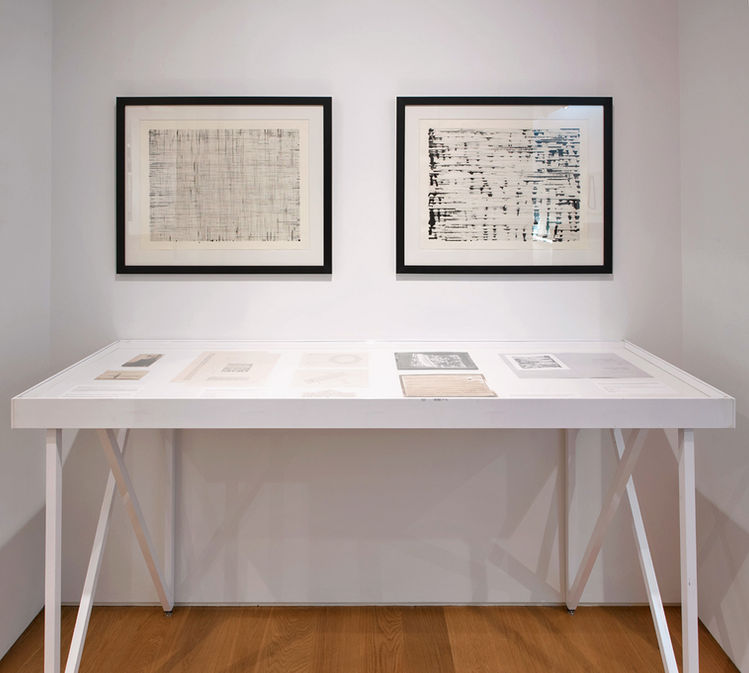Alissa Blumenthal (1899 - 1991)
Alissa Blumenthal was a little known Russian-American modernist artist, and one of the earliest practitioners of geometric abstraction in New York City.
Born in Russia, into the family of a pharmacist, Blumenthal studied art from 1920 to 1923 at Vitebsk Practical Art School, where she was a member of the UNOVIS art group headed by Kazimir Malevich. In 1925 she immigrated to the United States and lived the rest of her life in New York City. Although Blumenthal was a prolific painter, she had few opportunities to exhibit her works. Just as she began showing in New York in the early 1940s, a negative review from influential critic Clement Greenberg effectively checked her career. She had a brief period of recognition in the 1970s, when the momentum of the Women's Movement led to increased attention to female artists, but by 1980 she slipped back in obscurity. She spent the last decade of her life in near isolation in her studio apartment in Brooklyn. Although still virtually unknown today, Blumenthal was one of the first American painters to work with abstraction, her geometric compositions predating those of Barnett Newman by more than a decade.

Periodization
1930 - 1940s. The early stage of Blumenthal's career is marked by her success in creating an individual style that both alluded to and wrestled with her Constructivist background.
1950s. During this period Blumenthal’s painting vocabulary expands to include more complex shapes and brighter colors. She moves away from pure geometry and begins to create imagery with the help of thread, stencils and folded or torn paper. Most of Blumenthal’s work from this time reveals her preoccupation with the notions of time and physical disintegration.
1960s. During this period Blumenthal embarks on a long-term project of uncovering the hidden meaning of abstraction. She develops her personal lexicon and grammar of abstract forms, which she calls her “secret language”.
1970s. Blumenthal uses her "secret language" to encode complex messages, narratives and poems in her paintings.
1980s. Blumenthal's late work shows the artist abandoning her search for the universal language of abstraction and resuming the formal and material exploration began in the earliest part of her career.











